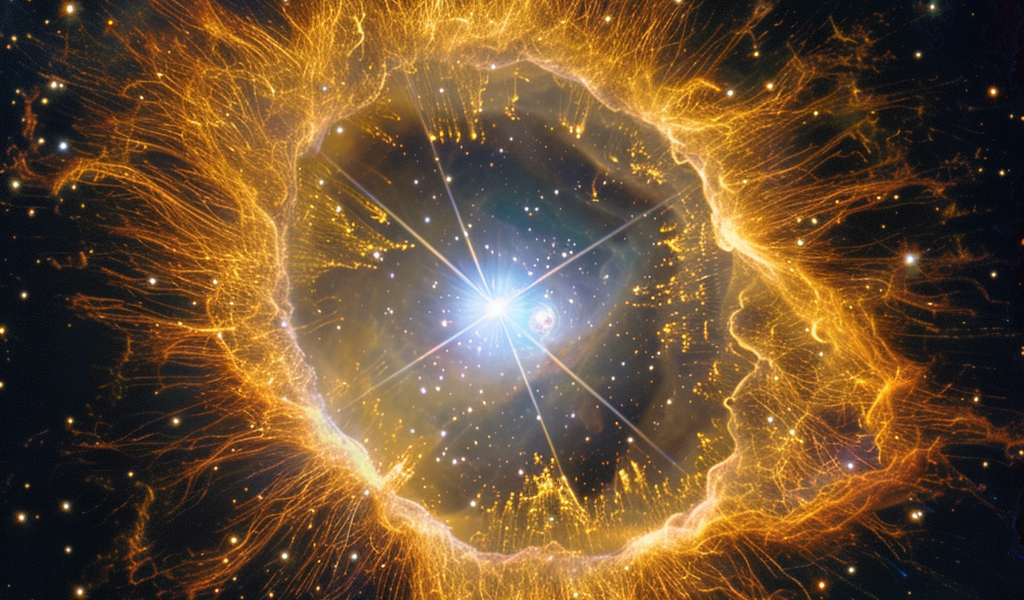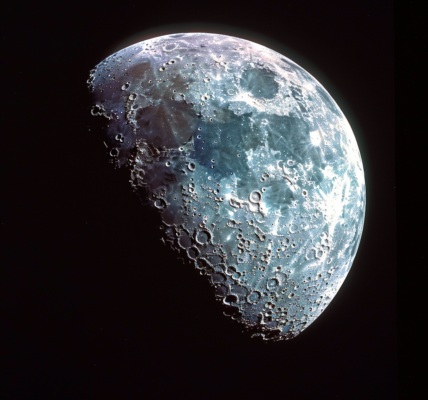Astronomy enthusiasts were treated to a spectacular sight as the Southern Ring Nebula, also known as NGC 3132, was captured in 3D by the James Webb Space Telescope. This planetary nebula, despite its misleading name, is not related to planets but rather the remnants of aging stars, showcasing a mesmerizing display of beauty and scientific intrigue.
As stars like our sun reach the end of their lifecycle, they transform into red giants, shedding layers of gas into space before eventually becoming white dwarfs. These white dwarfs illuminate the gas shells expelled earlier, creating a stunning visual phenomenon for observers on Earth.
When the James Webb Space Telescope commenced its operations, the Southern Ring Nebula was among its initial targets, revealing a fascinating discovery – the presence of two stars within NGC 3132. The white dwarf at the center is accompanied by a companion star located approximately 40 to 60 astronomical units away.
To delve deeper into the structure of the Southern Ring Nebula, researchers from the Rochester Institute of Technology (RIT) utilized the Submillimeter Array (SMA) in addition to the JWST. While the JWST focuses on warm hydrogen imaging, the SMA detects cooler carbon monoxide, providing a comprehensive view of the nebula’s composition and dynamics.
The findings, published in The Astrophysical Journal under the title ‘The Molecular Exoskeleton of the Ring-like Planetary Nebula NGC 3132,’ shed light on the distribution of hydrogen gas within the nebula, revealing a large expanding ring and a secondary ring perpendicular to it. Professor Joel Kastner from RIT School of Physics and Astronomy led the research, emphasizing the complementary insights offered by the JWST and SMA observations.
By combining data from these advanced observatories, scientists have gained a deeper understanding of the intricate structure of the Southern Ring Nebula, unlocking new insights into the dynamics of planetary nebulae and the processes shaping these celestial wonders.





